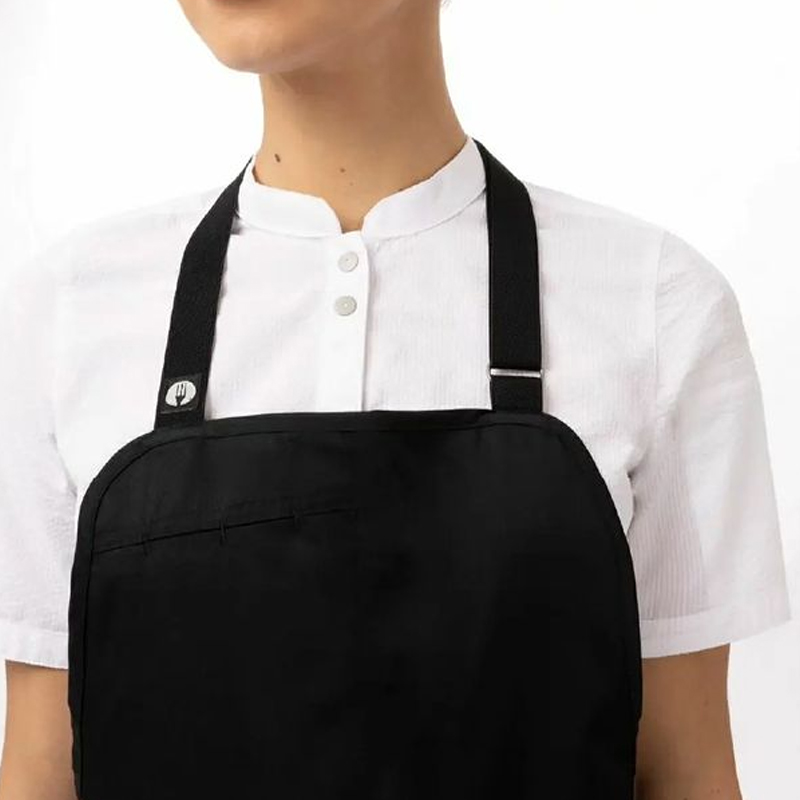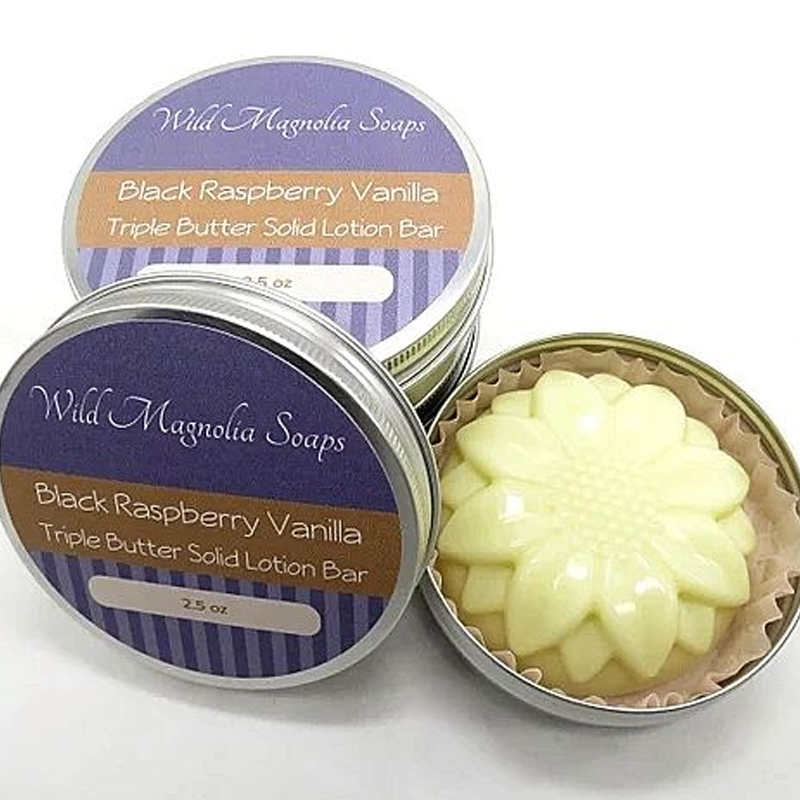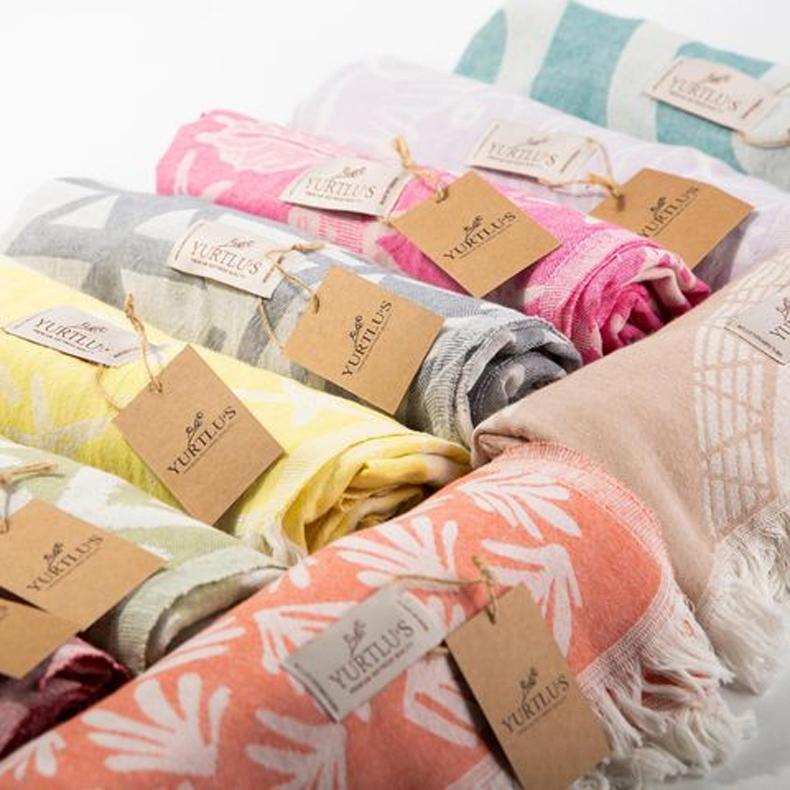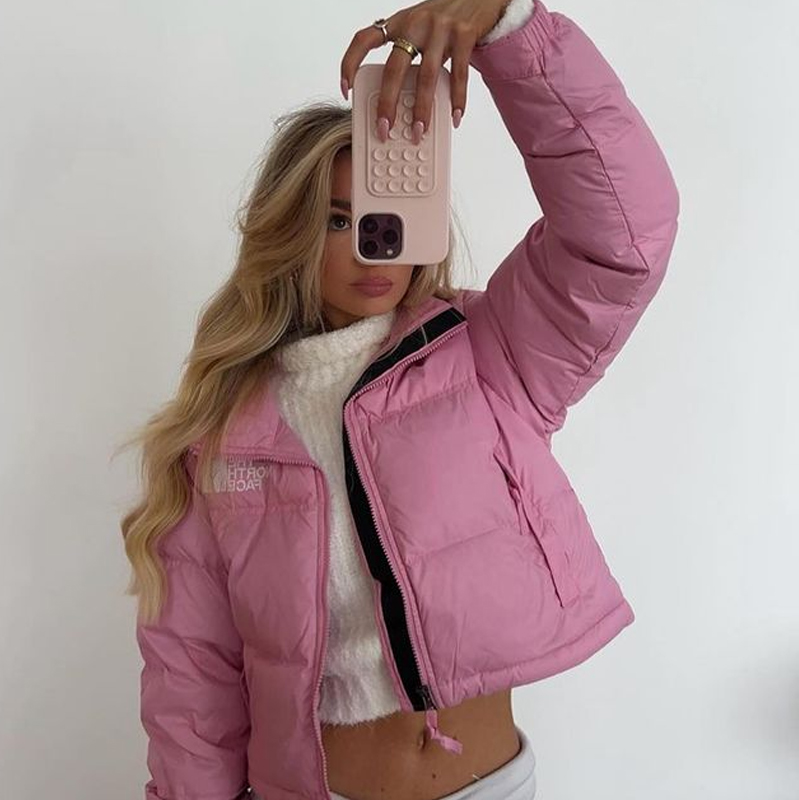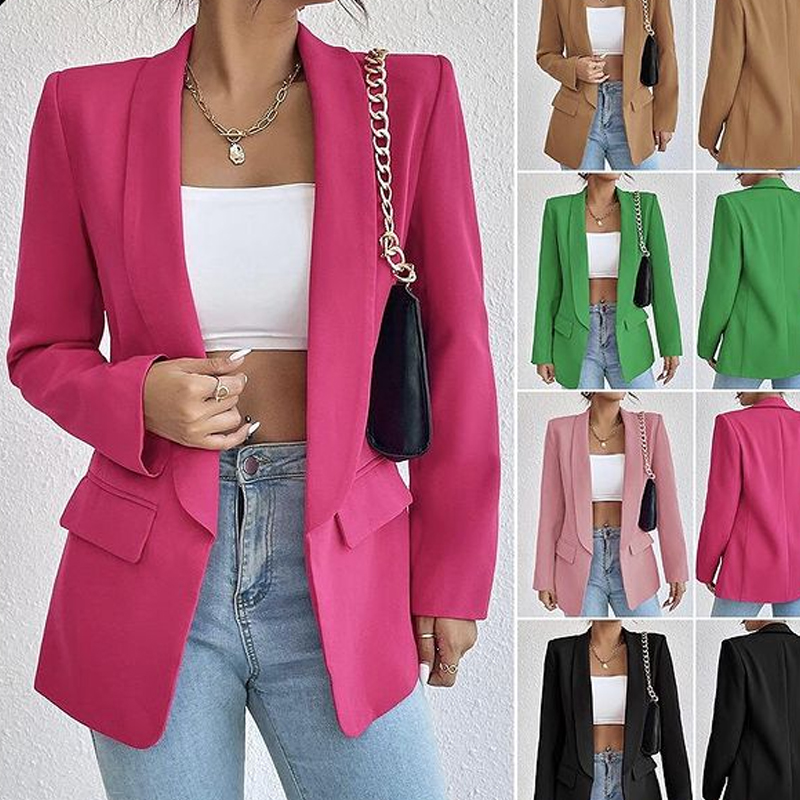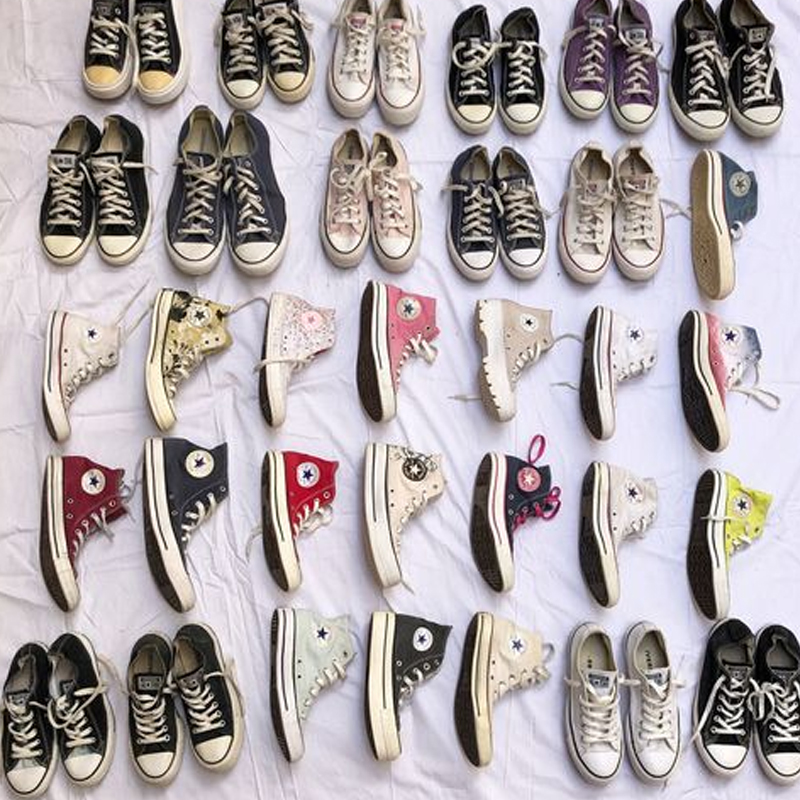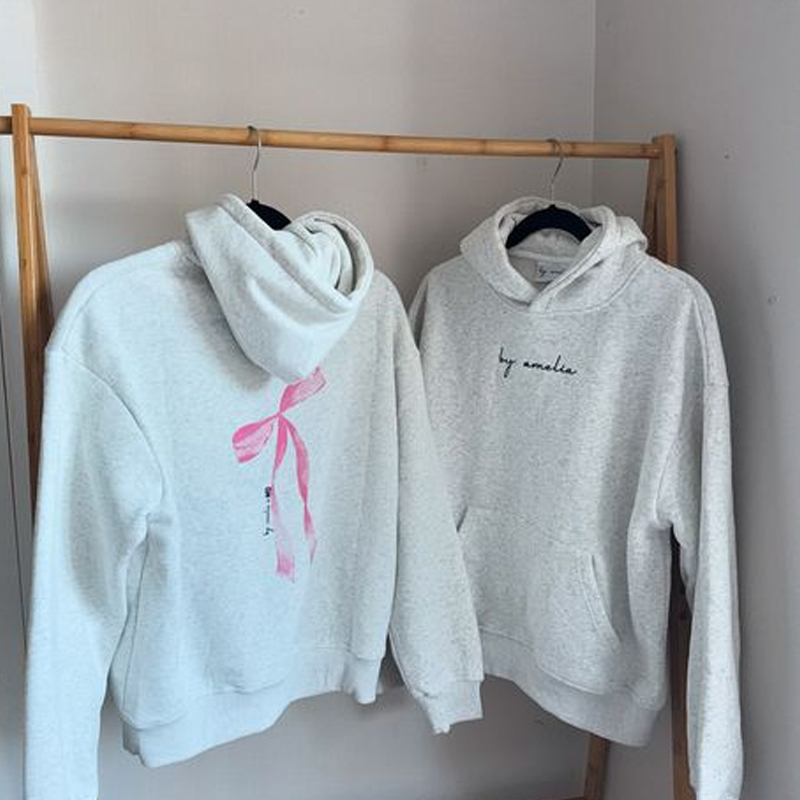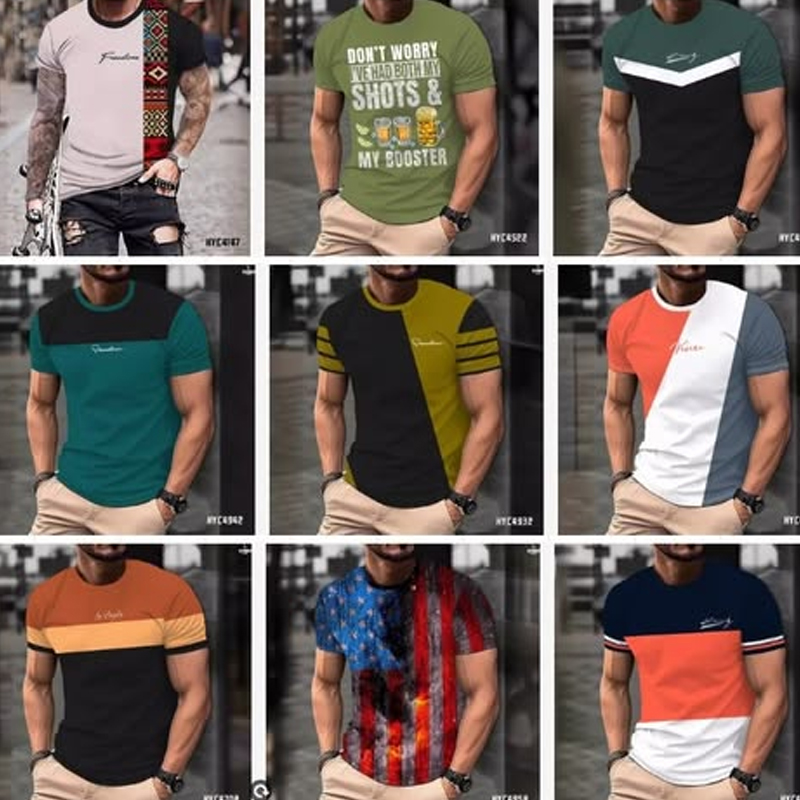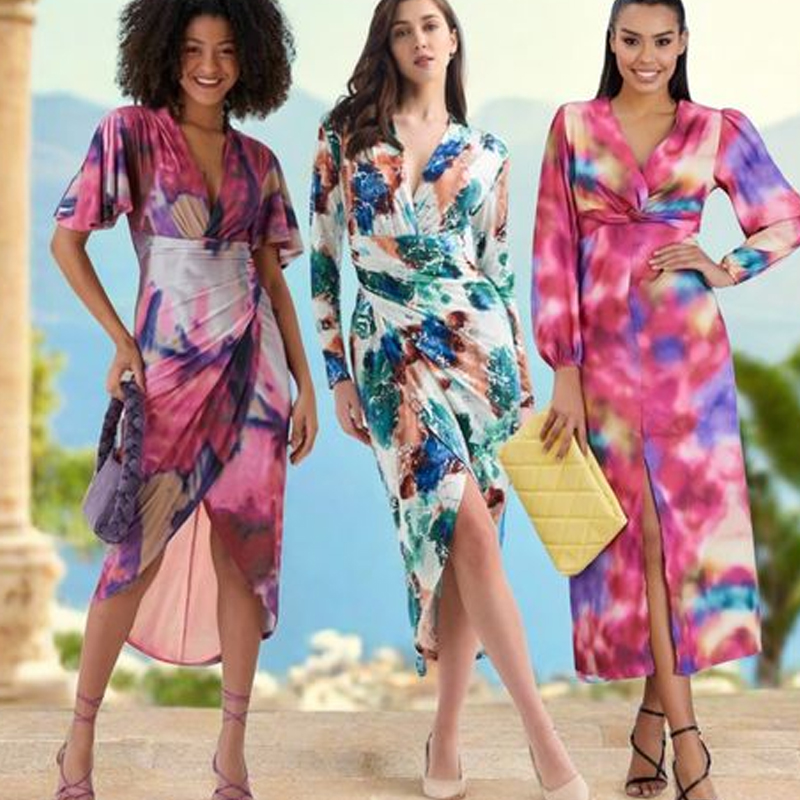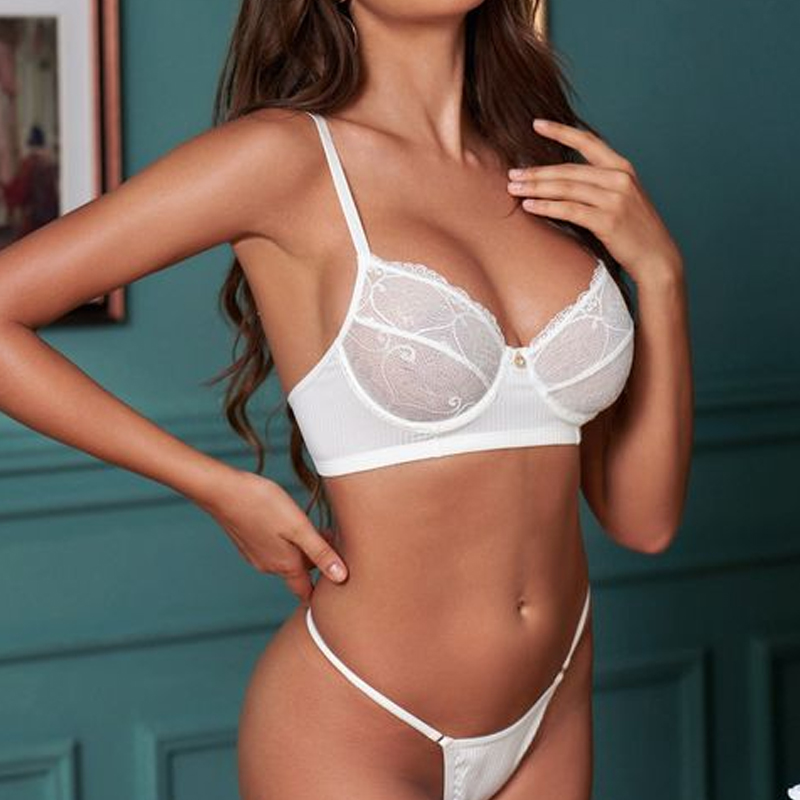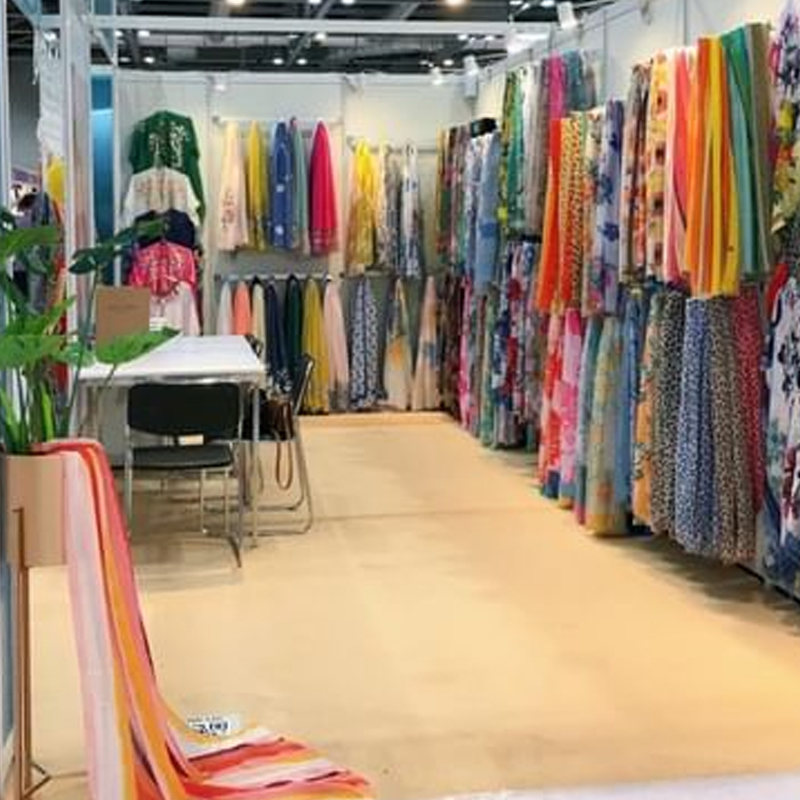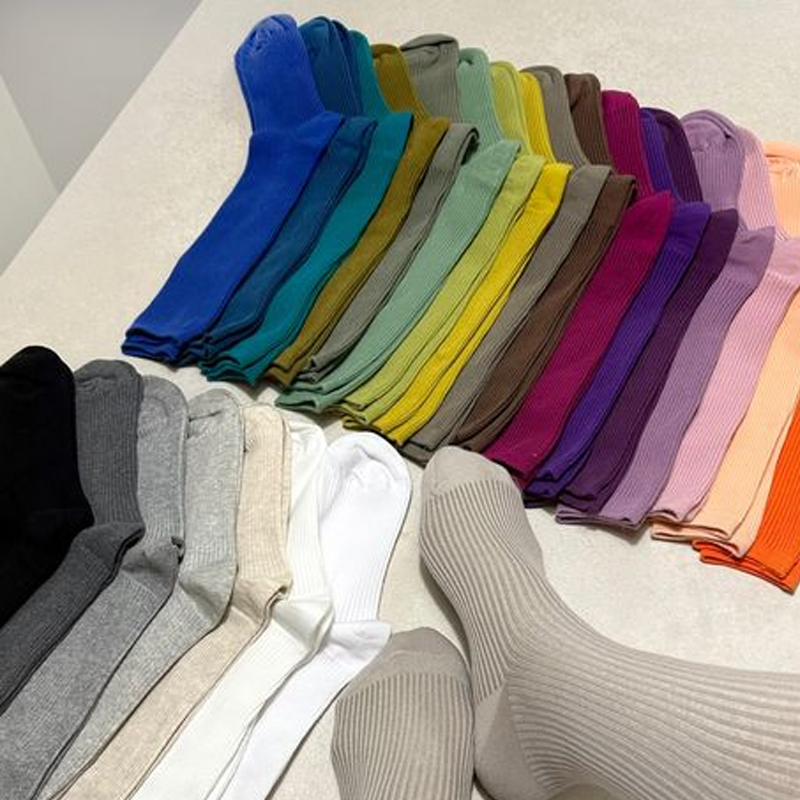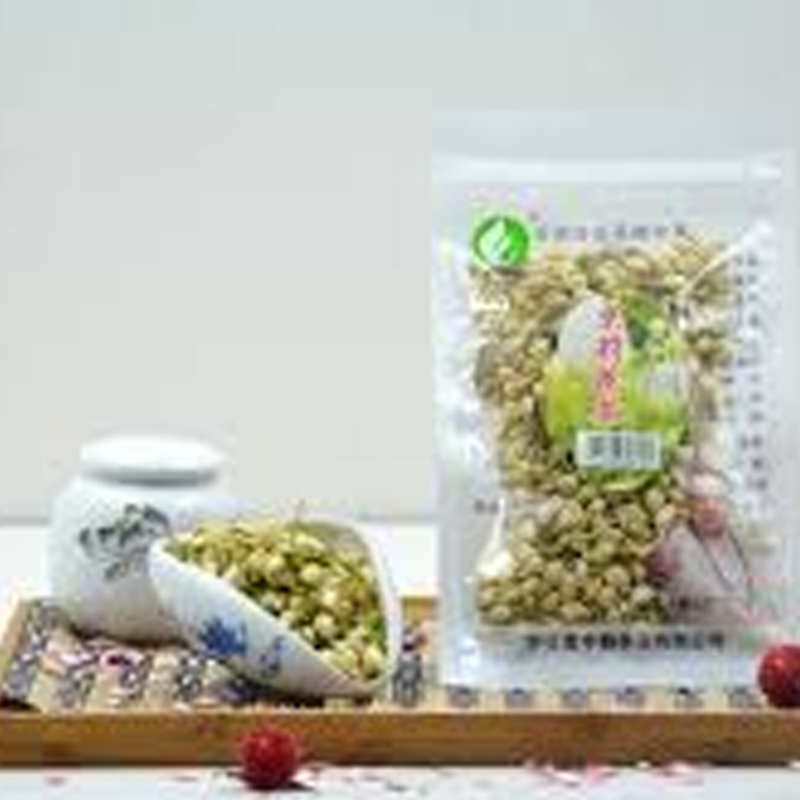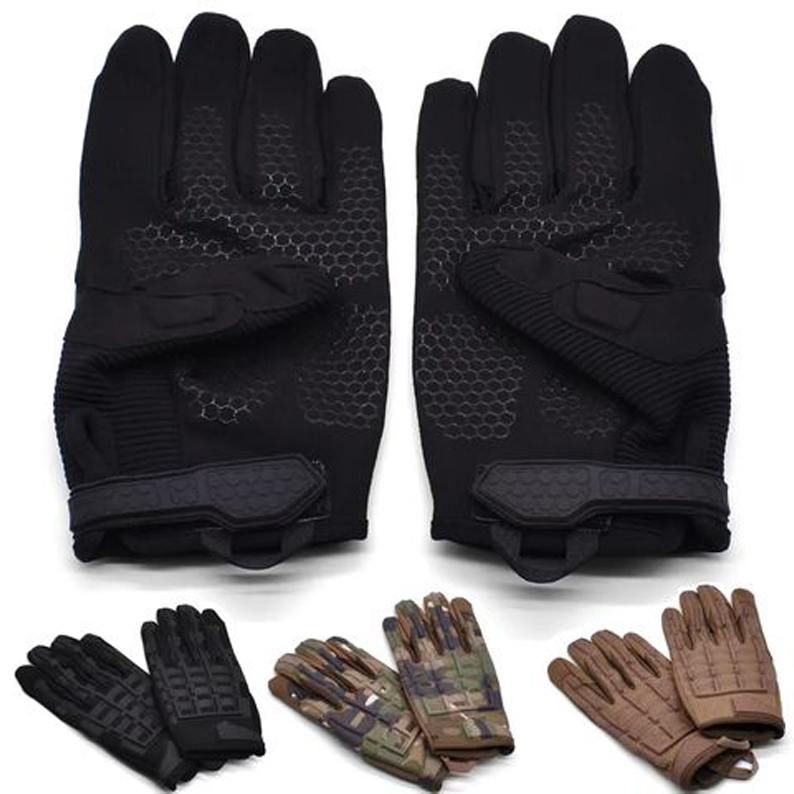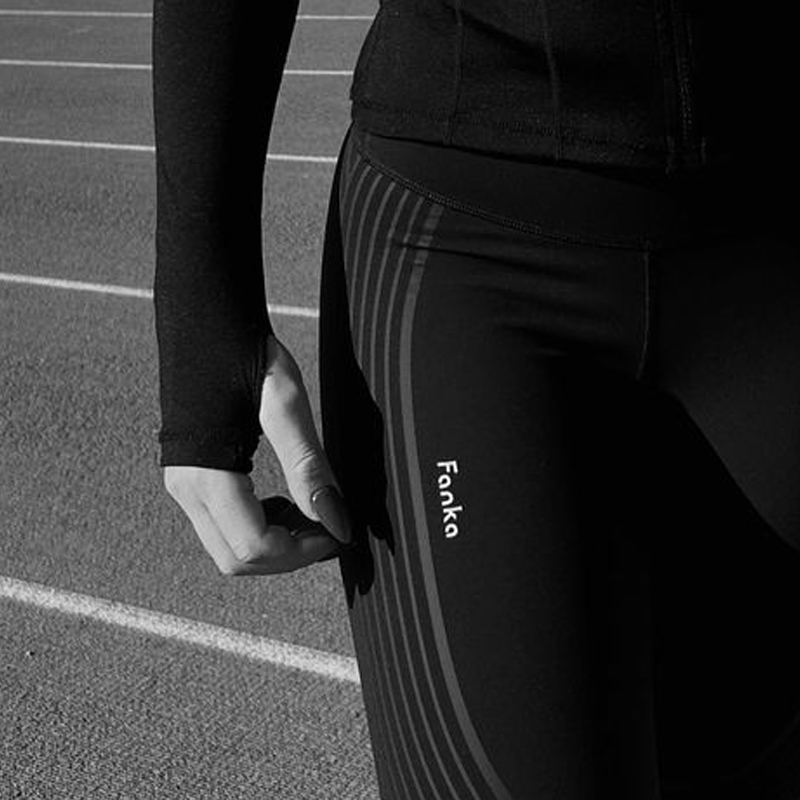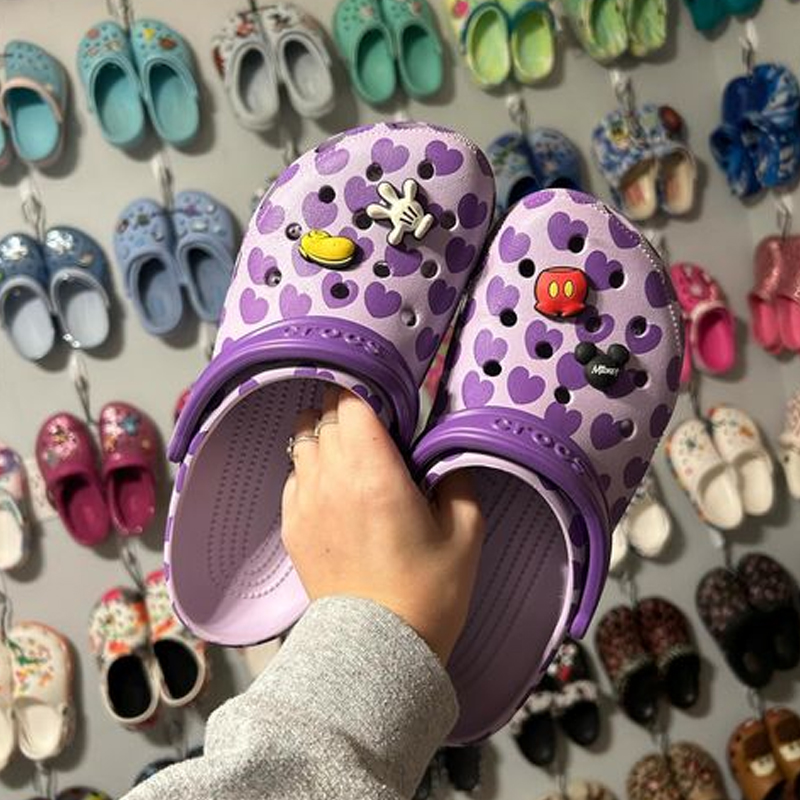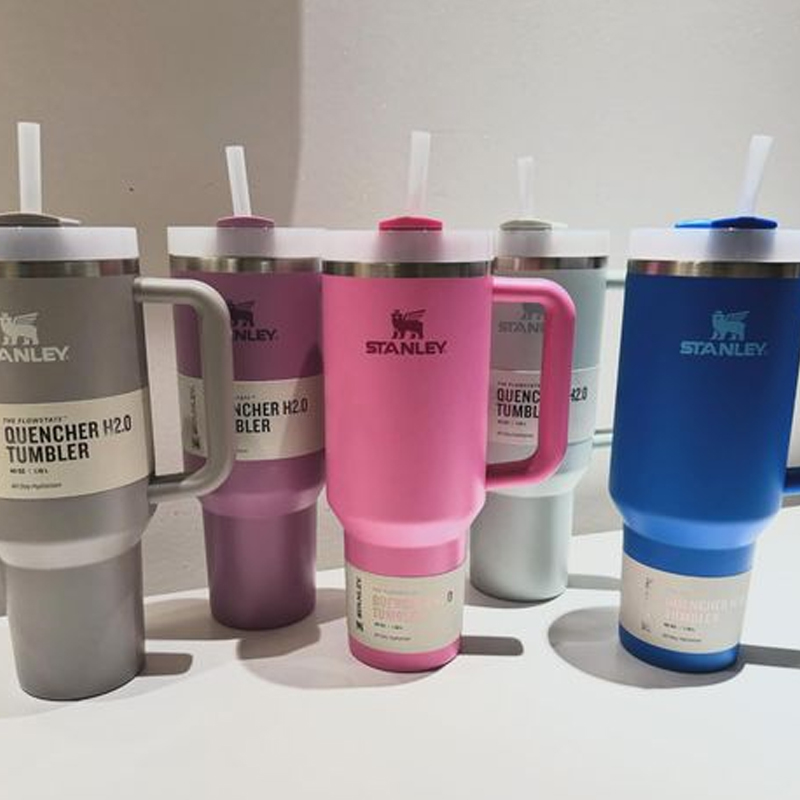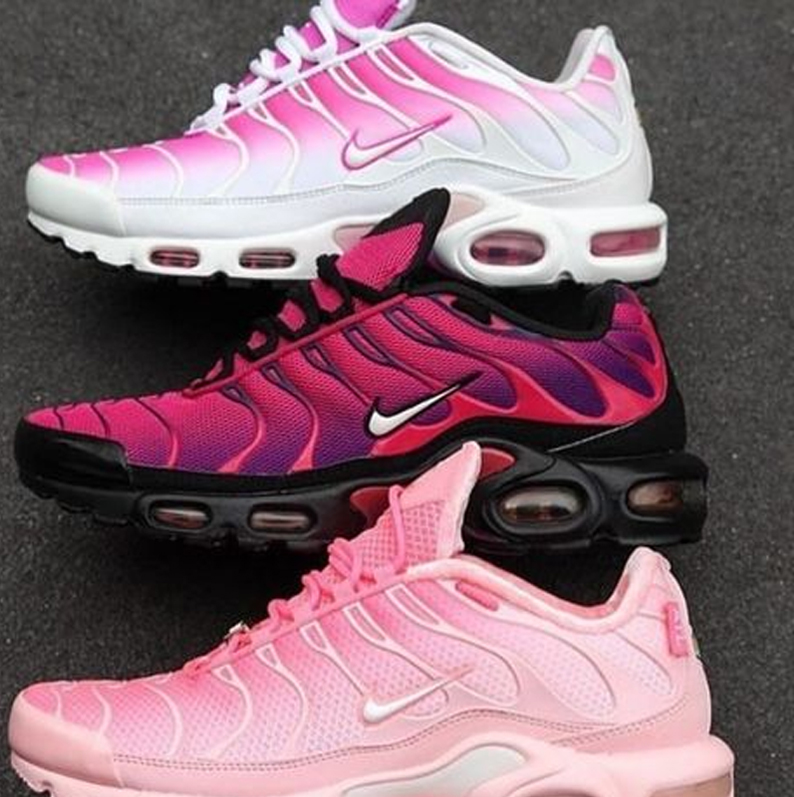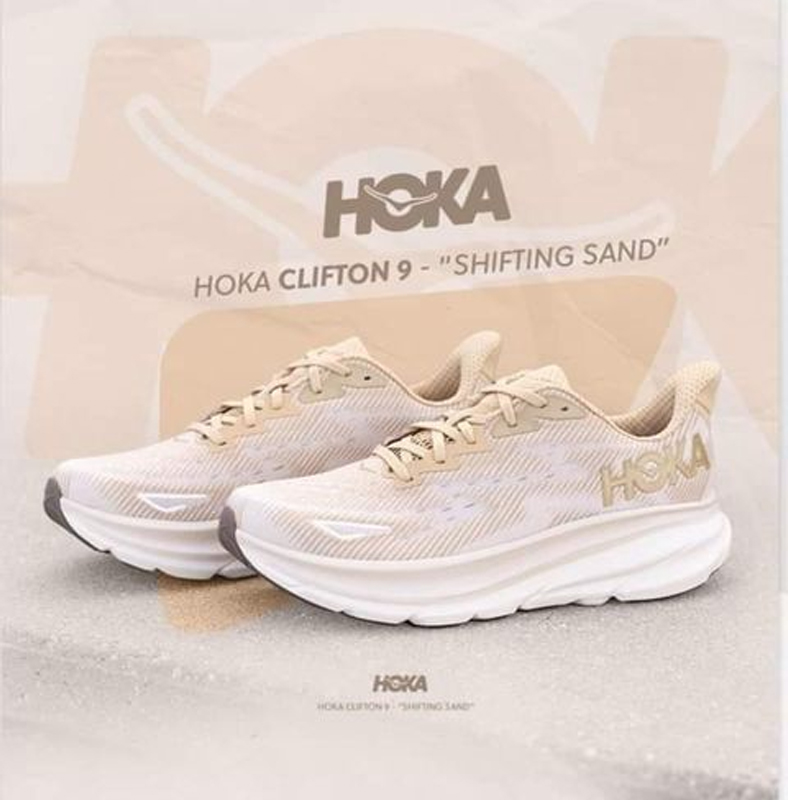Are you ready to dive into the lucrative world of private label soaps? This comprehensive guide will walk you through everything you need to know about crafting your own line of luxurious, skin-loving soaps. From ingredient sourcing to quality control, we’ll cover all the essential steps to help you create a successful brand that stands out in the competitive skincare market. Whether you’re a budding entrepreneur or an established business looking to expand your product line, this article is your roadmap to soapy success!
Key Takeaways: Your Recipe for Soap-Making Success
- Understand your target market and their skincare needs
- Choose high-quality, natural ingredients for your soap formulations
- Develop a unique brand identity that resonates with your audience
- Implement rigorous quality control measures, including pH testing
- Create eye-catching packaging designs that reflect your brand values
- Explore various formulation types to cater to different skin types
- Invest in fragrance development to create signature scents
- Stay up-to-date with the latest skincare trends
- Utilize e-commerce platforms and social media for marketing
- Consider partnering with reliable soap manufacturers to scale your business
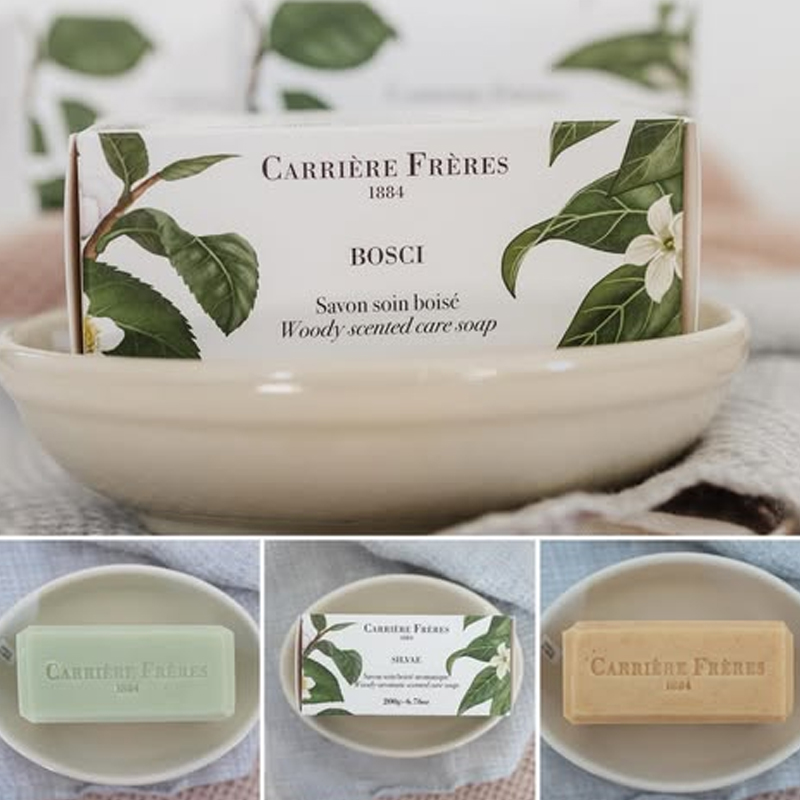
Crafting Private Label Soaps (1)
The Sudsy Landscape: An Overview of the Private Label Soap Industry
The private label soap industry has been experiencing a significant boom in recent years. With consumers increasingly seeking personalized and unique skincare products, the demand for custom-made soaps has skyrocketed. This trend has opened up exciting opportunities for entrepreneurs and established brands alike to create their own signature soap lines.
One of the key drivers of this growth is the rising interest in natural ingredients and eco-friendly products. Many consumers are now looking for soaps that not only cleanse but also nourish their skin with natural, plant-based ingredients. This shift has led to an explosion of creativity in soap formulations, with manufacturers experimenting with everything from exotic oils to locally-sourced botanical extracts.
Another factor contributing to the industry’s growth is the power of e-commerce platforms and social media marketing. These digital tools have made it easier than ever for small soap brands to reach a global audience and build a loyal customer base. Beauty influencers and product photography play a crucial role in showcasing the unique qualities of private label soaps, helping brands to stand out in a crowded marketplace.
Who’s Lathering Up? Identifying Your Target Market
Before you start mixing up batches of soap, it’s crucial to identify who you’ll be selling to. Your target market will influence everything from your ingredient choices to your packaging design. Are you aiming for eco-conscious millennials who prefer all-natural products? Or perhaps you’re targeting luxury spa-goers who want indulgent, aromatherapy-infused soaps?
To help you narrow down your target market, consider creating skin type guides that address specific skincare concerns. For example, you might develop a line of gentle, fragrance-free soaps for those with sensitive skin, or moisturizing formulas for those battling dry skin. By understanding the needs and preferences of your target audience, you can create products that truly resonate with them.
Don’t forget to leverage customer reviews and feedback to refine your offerings. Engage with your customers on social media platforms and e-commerce sites to gather valuable insights into what they love about your soaps and what they’d like to see improved.
What’s in the Mix? Sourcing High-Quality Ingredients
The quality of your soap starts with the ingredients you choose. When it comes to ingredient sourcing, it’s essential to prioritize natural, high-quality components that will nourish and benefit the skin. Here’s a quick guide to some key ingredients you might consider:
| Ingredient | Benefits | Ideal for |
|---|---|---|
| Olive Oil | Moisturizing, rich in antioxidants | Dry, sensitive skin |
| Coconut Oil | Cleansing, creates rich lather | All skin types |
| Shea Butter | Deeply moisturizing, anti-inflammatory | Dry, mature skin |
| Essential Oils | Natural fragrance, aromatherapy benefits | Varies by oil |
When sourcing your ingredients, look for suppliers who can provide detailed information about the origin and quality of their products. Consider partnering with local farmers or cooperatives for botanical ingredients, as this can add an appealing “locally-sourced” angle to your brand story.
Remember, transparency is key in today’s market. Be prepared to share information about your ingredient sourcing with your customers, as many consumers are increasingly interested in the provenance of the products they use on their skin.
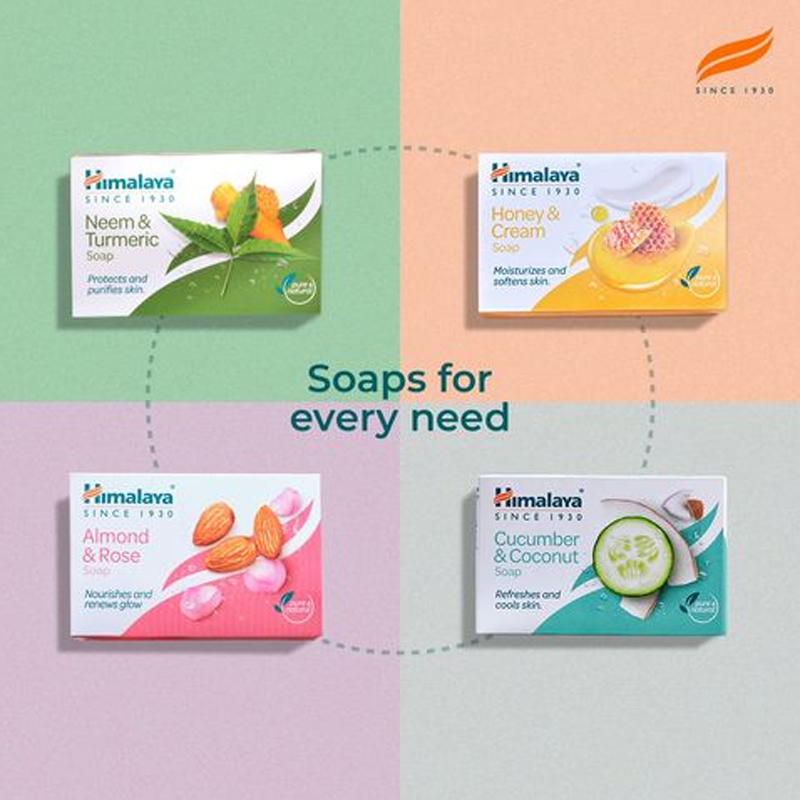
How to Craft the Perfect Bar: Exploring Formulation Types
When it comes to soap making, there are several formulation types to choose from, each with its own unique benefits and characteristics. The most common methods include:
- Cold Process: This traditional method involves mixing oils with lye to create a chemical reaction called saponification. Cold process soaps retain the natural glycerin produced during saponification, making them particularly moisturizing.
- Hot Process: Similar to cold process, but with the addition of heat to speed up saponification. Hot process soaps can be used sooner after production but may have a rustic appearance.
- Melt and Pour: This method uses a pre-made soap base that’s melted down and customized with additives. It’s ideal for beginners or those looking to create intricate designs.
Each method has its pros and cons, so consider factors like production time, equipment needs, and desired product characteristics when choosing your formulation type. Many successful soap brands use a combination of methods to create a diverse product line.
Don’t be afraid to experiment with unique additives to create exfoliating options or specialized formulas. Popular additions include oatmeal for gentle exfoliation, activated charcoal for detoxifying properties, or clay for oil absorption.
Is Your Soap Up to Snuff? Implementing Quality Control Measures
Quality control is crucial in soap manufacturing to ensure consistency, safety, and customer satisfaction. One of the most important aspects of quality control is pH testing. Soap that’s too alkaline can irritate the skin, while soap that’s too acidic may not cleanse effectively.
Here’s a simple guide to pH levels in soap:
“The ideal pH for soap ranges from 8 to 10. Anything higher may be too harsh for the skin, while anything lower may not effectively remove dirt and oil.”
In addition to pH testing, implement other quality control measures such as:
- Batch testing for consistency in appearance, texture, and scent
- Stability testing to ensure your soap doesn’t develop DOS (Dreaded Orange Spots) over time
- Lather testing to check for a rich, creamy foam
- Skin patch tests to check for potential irritation
Keep detailed records of your quality control processes, including batch numbers and test results. This not only helps you maintain consistency but also demonstrates your commitment to quality to potential retail partners or regulators.
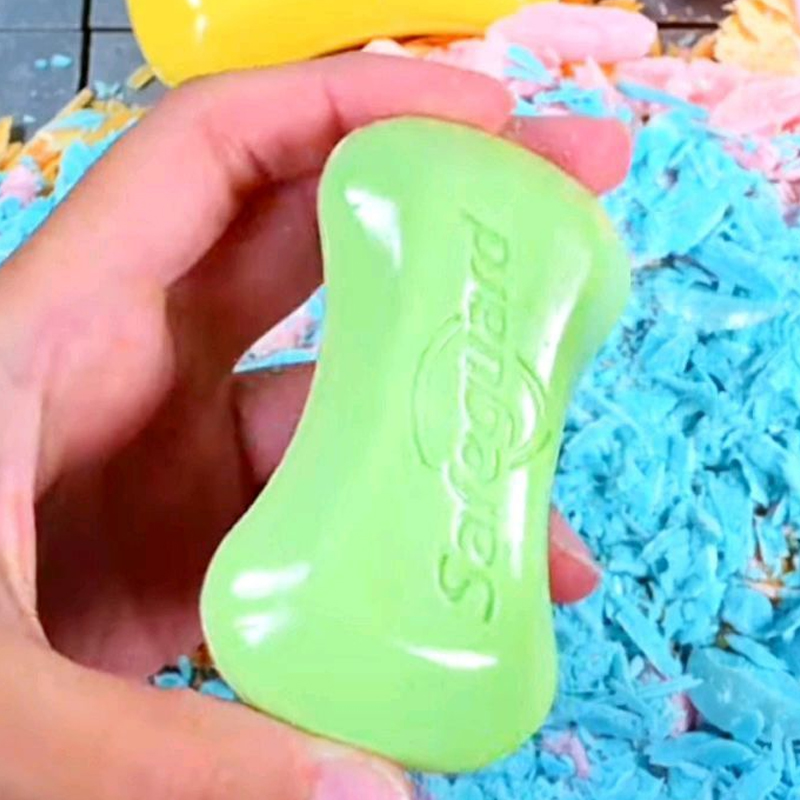
What’s Your Soap’s Story? Developing a Unique Brand Identity
In the crowded soap market, a strong brand identity is essential to stand out from the competition. Your brand identity should encompass everything from your company values to your visual aesthetics. Here are some key elements to consider:
- Brand Name: Choose a name that’s memorable, easy to pronounce, and reflects your soap’s unique qualities.
- Logo: Design a logo that’s visually appealing and works well on both your packaging and digital platforms.
- Color Palette: Select colors that align with your brand personality and appeal to your target market.
- Brand Story: Craft a compelling narrative about why you started your soap business and what makes your products special.
- Brand Voice: Develop a consistent tone for all your communications, from product descriptions to social media posts.
Remember, your brand identity should be reflected in every aspect of your business, from your packaging design to your customer service approach. Consistency is key in building brand recognition and customer loyalty.
How to Wrap It Up: Creating Eye-Catching Packaging Designs
Your soap’s packaging is often the first thing a potential customer sees, so it needs to make a strong impression. Good packaging design not only protects your product but also communicates your brand values and entices customers to make a purchase.
When designing your packaging, consider the following elements:
- Materials: Opt for eco-friendly packaging options that align with your brand values. This could include recycled paper, biodegradable plastics, or reusable containers.
- Design: Create a visually appealing design that stands out on store shelves or in online product photos. Use high-quality product photography to showcase your soap’s unique features.
- Information: Clearly display key information such as ingredients, usage instructions, and any certifications (e.g., organic, cruelty-free).
- Branding: Ensure your packaging design is consistent with your overall brand identity, including colors, fonts, and logo placement.
Consider offering seasonal scents or limited edition packaging designs to keep your product line fresh and exciting. This can be a great way to encourage repeat purchases and create a sense of urgency among your customers.
What’s That Smell? The Art of Fragrance Development
Fragrance plays a crucial role in the soap-buying experience. A well-crafted scent can evoke emotions, create memories, and become a signature element of your brand. When developing fragrances for your soap line, consider the following:
- Essential Oils vs. Fragrance Oils: Decide whether you’ll use natural essential oils, synthetic fragrance oils, or a combination of both. Each has its pros and cons in terms of scent longevity, allergen potential, and cost.
- Scent Families: Explore different scent families (e.g., floral, woody, citrus) to create a diverse range of options for your customers.
- Seasonal Scents: Develop special fragrances for different seasons or holidays to keep your product line fresh and relevant throughout the year.
- Signature Blends: Create unique fragrance blends that set your brand apart and become recognizable to your customers.
Remember to consider your target market when developing fragrances. For example, if you’re targeting a spa-going audience, you might focus on relaxing, aromatherapeutic scents like lavender or eucalyptus.
“A well-crafted fragrance can be the difference between a one-time purchase and a lifelong customer. It’s the invisible thread that ties your brand to the customer’s daily routine.”
What’s Trending in Soap? Staying Ahead of Skincare Trends
The skincare industry is constantly evolving, with new trends emerging all the time. Staying on top of these trends can help you develop innovative products that meet your customers’ changing needs. Here are some current trends to watch:
- Sustainable Beauty: Consumers are increasingly looking for eco-friendly products with minimal packaging and natural, sustainably-sourced ingredients.
- Multifunctional Products: Soaps that offer multiple benefits, such as cleansing and exfoliating, or cleansing and moisturizing, are gaining popularity.
- Personalization: Custom-blended soaps that cater to individual skin types or concerns are on the rise.
- Probiotic Skincare: Soaps containing beneficial bacteria to support the skin’s microbiome are emerging as a new trend.
- CBD-Infused Products: The popularity of CBD-infused skincare, including soaps, continues to grow.
Stay informed about skincare trends by following industry publications, attending trade shows, and engaging with your customers to understand their evolving needs and preferences.
Ready to Lather Up? Your Next Steps in Soap Manufacturing
Now that you’re armed with knowledge about private label soap manufacturing, it’s time to take the next steps towards launching your brand. Here’s a quick checklist to get you started:
- Finalize your target market and brand identity
- Develop your initial product line, including formulations and fragrances
- Design your packaging and create your brand assets
- Set up your quality control processes
- Identify potential retail partners or e-commerce platforms
- Create a marketing plan, including social media strategy and influencer partnerships
- Consider your manufacturing capabilities – will you produce in-house or partner with a manufacturer?
If you’re considering partnering with a manufacturer to bring your soap vision to life, Chinese factories can be an excellent option. They offer a combination of competitive pricing, advanced manufacturing capabilities, and experience in producing high-quality skincare products for the global market.
At BuyFromChinaDirect, we specialize in connecting businesses like yours with reliable Chinese manufacturers. We can help you navigate the complexities of international sourcing, ensuring you find a manufacturing partner that meets your quality standards and can scale with your business. From ingredient sourcing to packaging design, we’ll work with you to create a soap line that perfectly embodies your brand vision.
Ready to turn your soap dreams into reality? Contact us today to learn how we can support your journey in the exciting world of private label soap manufacturing. Let’s create something beautiful together!

